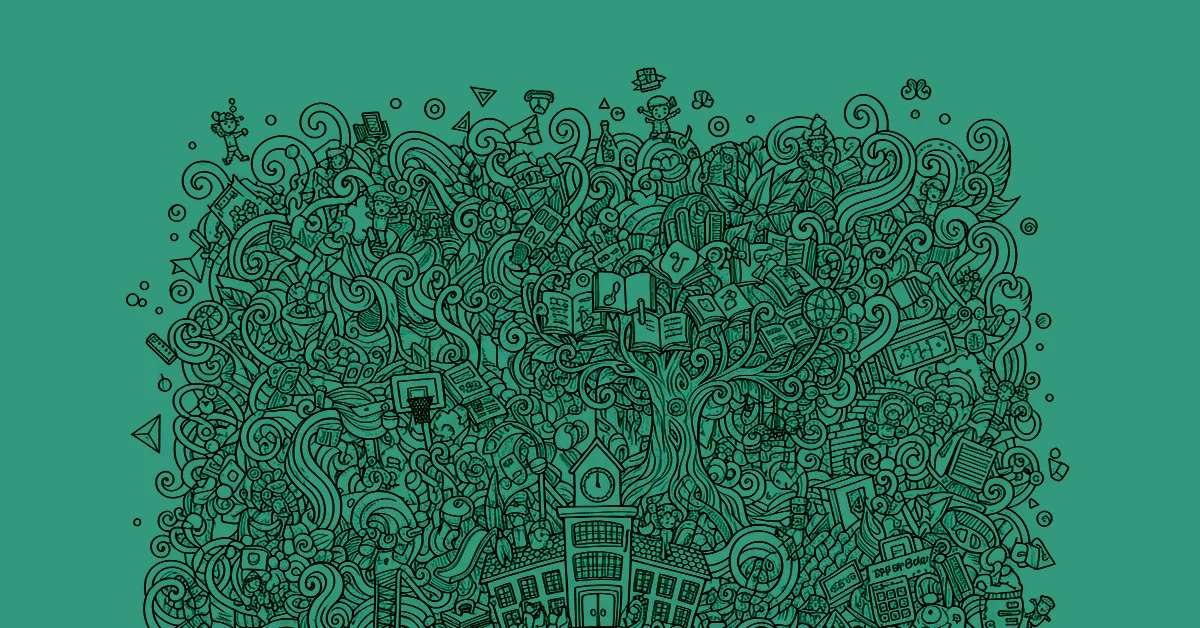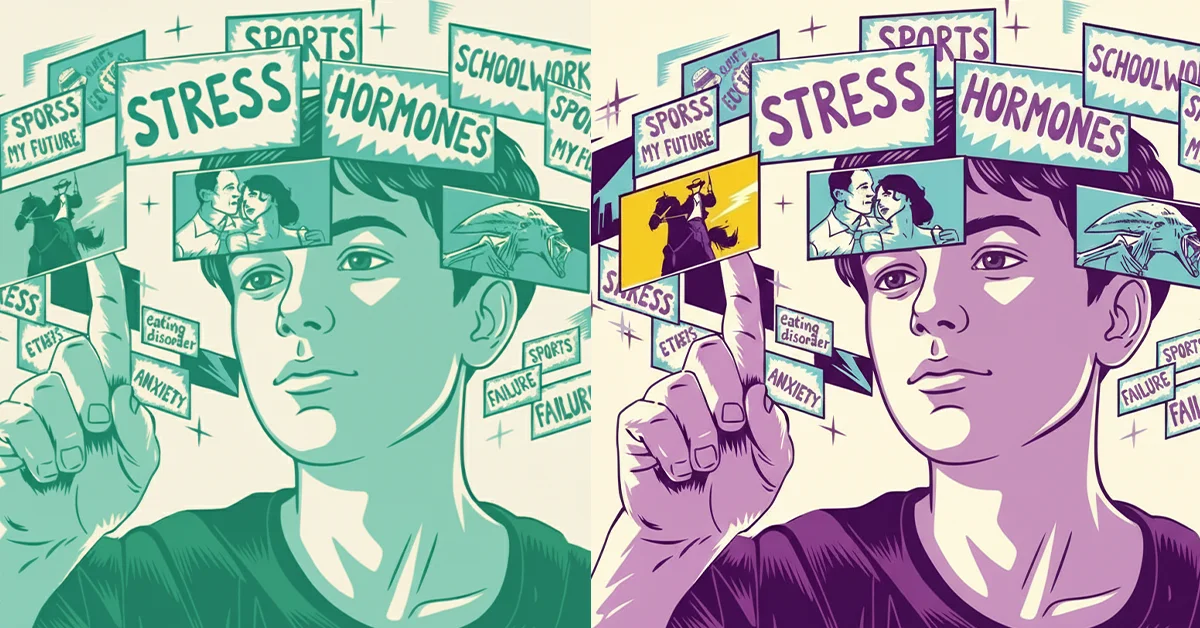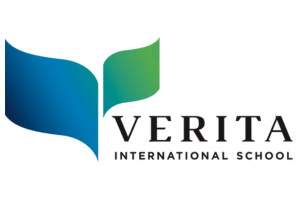The Evolution of Education

Something profound is stirring in education, and it’s not another pedagogical fad. Emergence theory, drawn from developmental neuroscience and complex systems thinking, is reshaping how we understand learning itself. For parents, this shift represents nothing less than a fundamental reimagining of what school can become.
What Emergence Actually Means
In nature, emergence describes how complex, beautiful patterns arise from simple interactions. A rhythmic dance of starlings, the intricate architecture of a termite mound, the self-organizing networks of the developing brain: all emerge from local relationships creating something greater than their parts.
In education, emergence suggests that authentic learning happens not through rigid curriculum delivery, but through the dynamic interplay between student, teacher, content, and context. Rather than treating children as empty vessels awaiting filling, we recognize them as complex adaptive systems capable of generating genuine understanding through meaningful encounter.
Dr. Dan Siegel, a leading neurobiologist in child development, reveals how the adolescent brain undergoes massive reorganization, creating windows of extraordinary plasticity and creativity. When we align educational practices with these developmental realities, learning becomes less forced and more alive, emerging naturally from the intersection of curiosity, relationship, and challenge.
Why This Matters Now
Our world has become irreducibly complex. The challenges our students will inherit (climate change, technological disruption, social fragmentation) cannot be solved through memorized formulas or standardized responses. They require what complexity scientist Stuart Kauffman calls “the adjacent possible”: the capacity to perceive new connections and generate novel solutions.
Traditional education, with its industrial emphasis on standardization and control, inadvertently trains students for a world that no longer exists. Emergence-based approaches develop the meta-cognitive flexibility, empathetic reasoning, and collaborative intelligence our children actually need.
Consider Iain McGilchrist’s research on hemispheric brain function. The left hemisphere excels at focused analysis and categorization, crucial skills that schools have long emphasized. But the right hemisphere offers sustained, contextual attention that perceives relationships, reads between the lines, and grasps the bigger picture. Emergent education intentionally cultivates both modes of attention.
A Roadmap for Global Citizens
At its heart, emergence theory recognizes that compassion and wisdom cannot be taught; they must be cultivated through authentic encounter with complexity, difference, and beauty. When we create learning environments rich in diversity (intellectual, cultural, neurological), students develop what E.O. Wilson calls “biophilia”: an innate love for life in all its forms.
This isn’t soft thinking. Research from the Center for Healthy Minds at the University of Wisconsin demonstrates that contemplative practices and social-emotional learning literally reshape neural architecture, enhancing both academic performance and psychological resilience. Students learn to hold multiple perspectives simultaneously, to sit with uncertainty, to find creative solutions amid seeming contradiction.
At Verita, where 64 nationalities converge in a single learning community, emergence happens daily. When a Syrian refugee collaborates with a Norwegian diplomat’s daughter on a climate project, when learning differences become learning gifts, when ancient wisdom traditions inform cutting-edge scientific inquiry, these encounters generate insights no textbook could provide.
Implementation: From Theory to Transformation
Emergent education doesn’t require dismantling existing structures; it requires animating them differently. Here’s how we approach it at Verita:
Pedagogical Shifts: Teachers become learning facilitators, creating conditions for discovery rather than delivering predetermined outcomes. Inquiry-driven projects replace topic-based units. Assessment focuses on learning processes, not just products.
Curriculum Integration: Artificial subject boundaries dissolve. A single inquiry might weave together mathematics, philosophy, art, and environmental science, reflecting how knowledge actually works in the world.
Contemplative Practices: Self-reflection, philosophical dialogue, and journaling develop meta-cognitive awareness. Students learn not just what to think, but how to think about thinking.
The Years Ahead
You’ll be hearing a lot about emergence because education is finally catching up with what neuroscience has long revealed: learning is a biological process that flourishes under certain conditions and withers under others. Schools implementing emergent approaches report increased student engagement, improved emotional regulation, and enhanced creative problem-solving.
This isn’t progressive idealism; it’s practical necessity. In a world where artificial intelligence can perform many routine cognitive tasks, human uniqueness lies in our capacity for meaning-making, ethical reasoning, and creative synthesis. These capabilities emerge through relationships, not algorithm.
As parents in the Verita community, your role isn’t to master emergence theory, but to recognize it when you see it. When your child comes home excited about a question rather than satisfied with an answer, when they connect seemingly unrelated ideas, when they demonstrate genuine care for others unlike themselves, emergence is happening.
The future belongs not to students who can reproduce knowledge, but to those who can generate wisdom. That’s the promise of emergence in education: not just smarter children, but more fully human ones.
This shift represents more than pedagogical innovation. It’s a return to what the Greeks called paideia: education as the cultivation of human flourishing. In our complex, dynamic world, nothing could be more practical.


